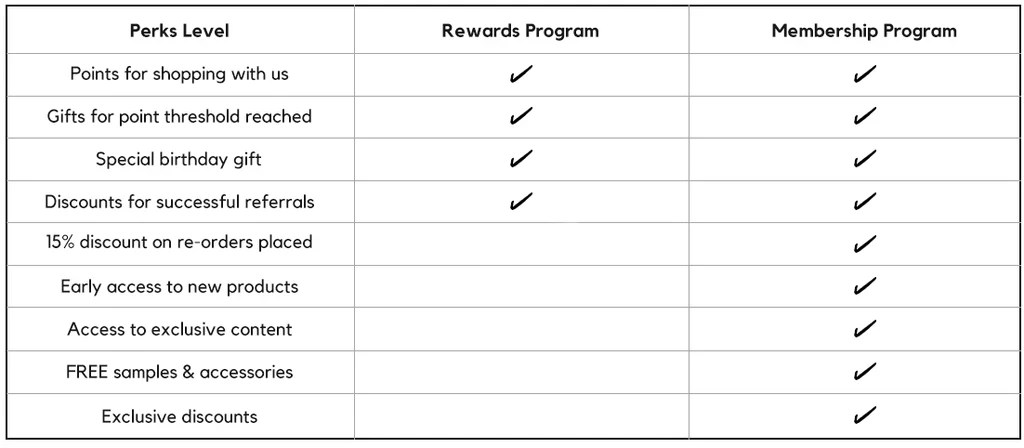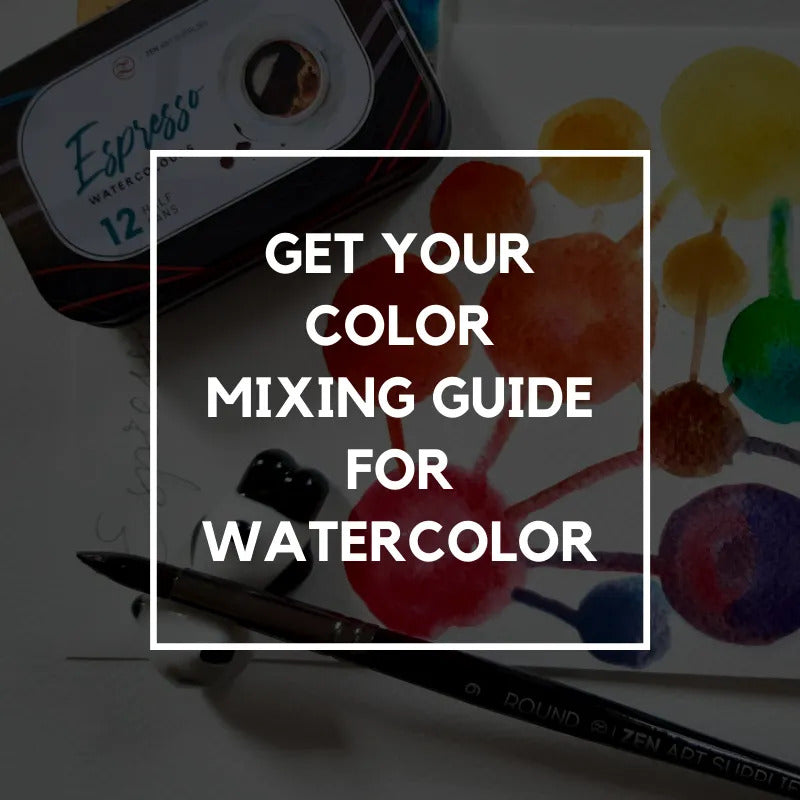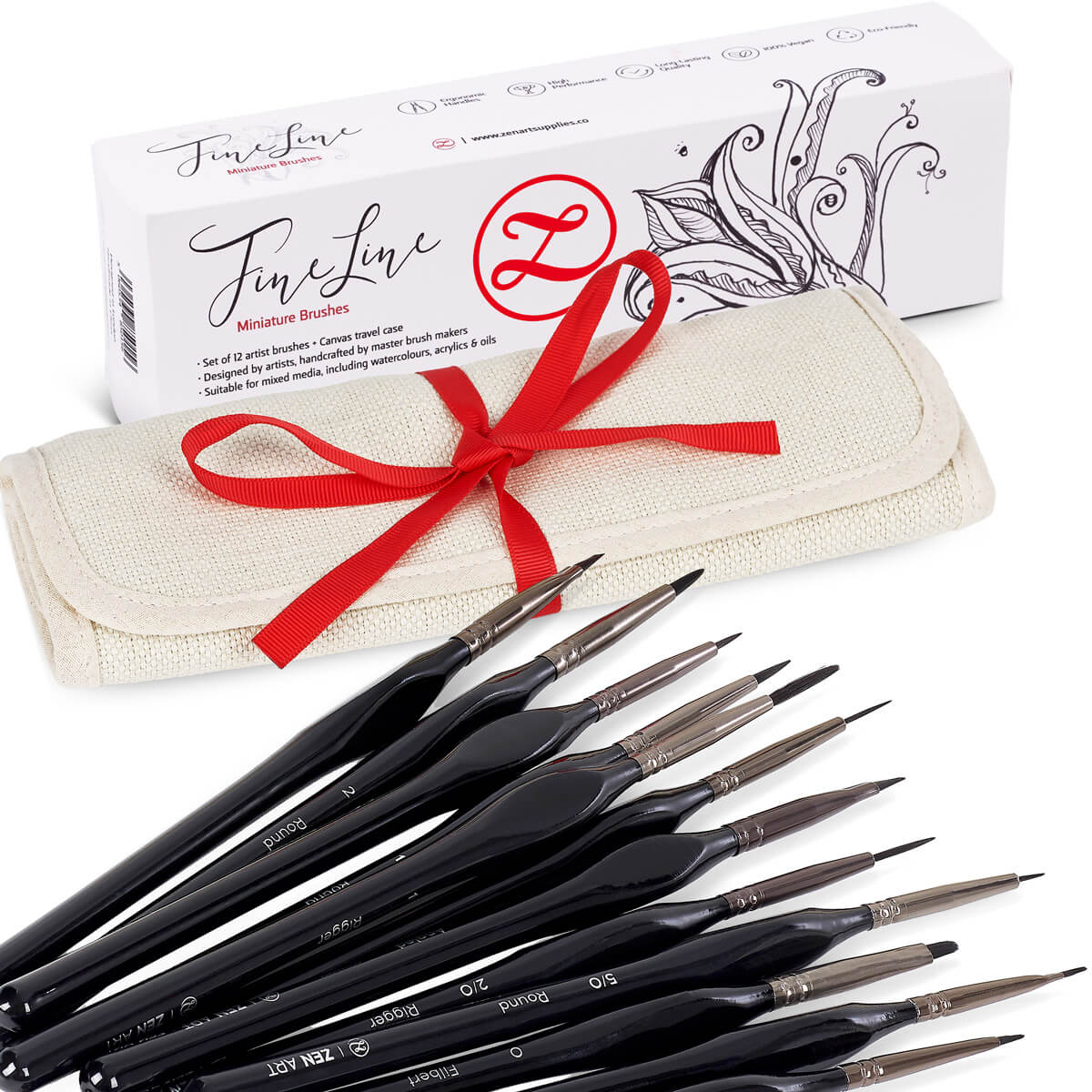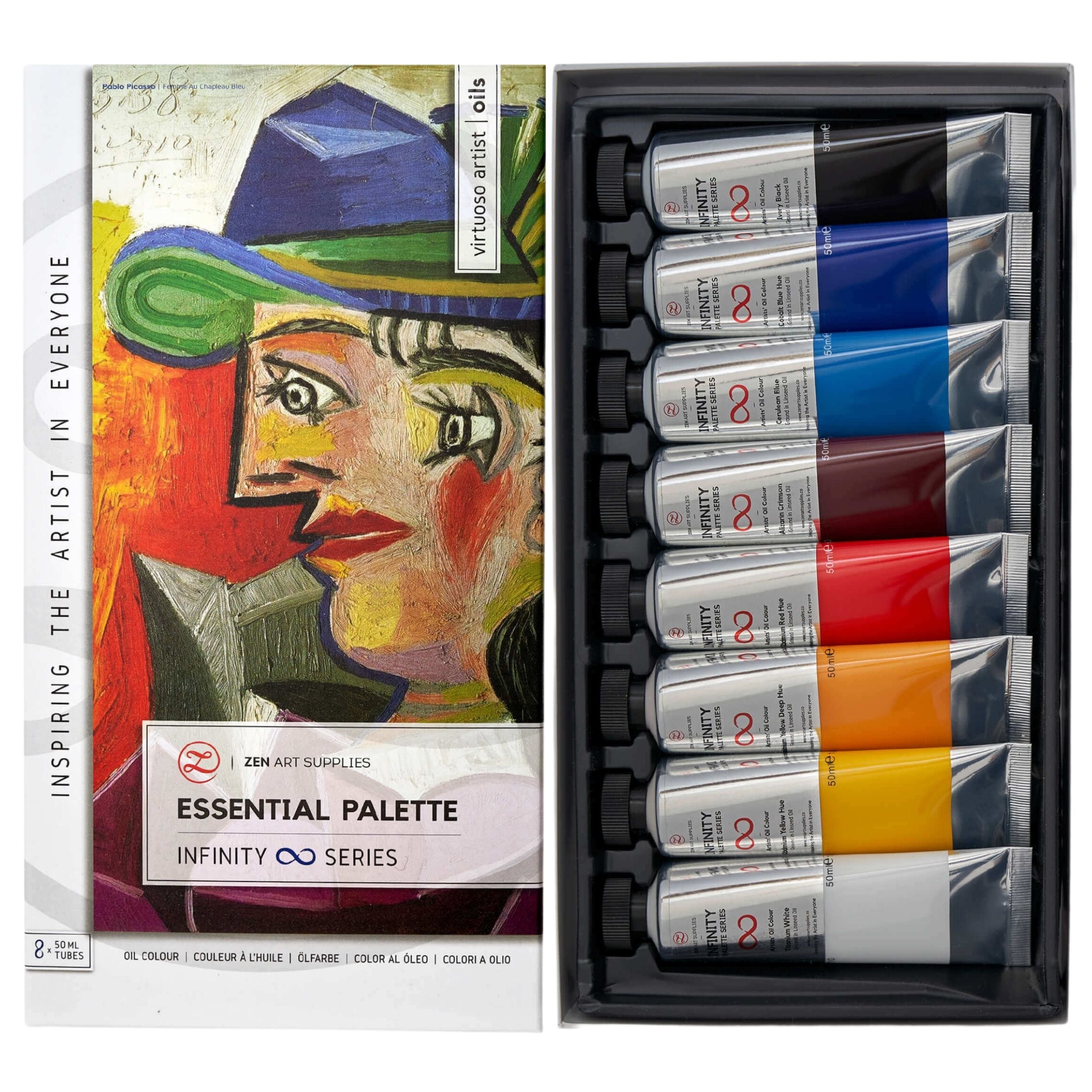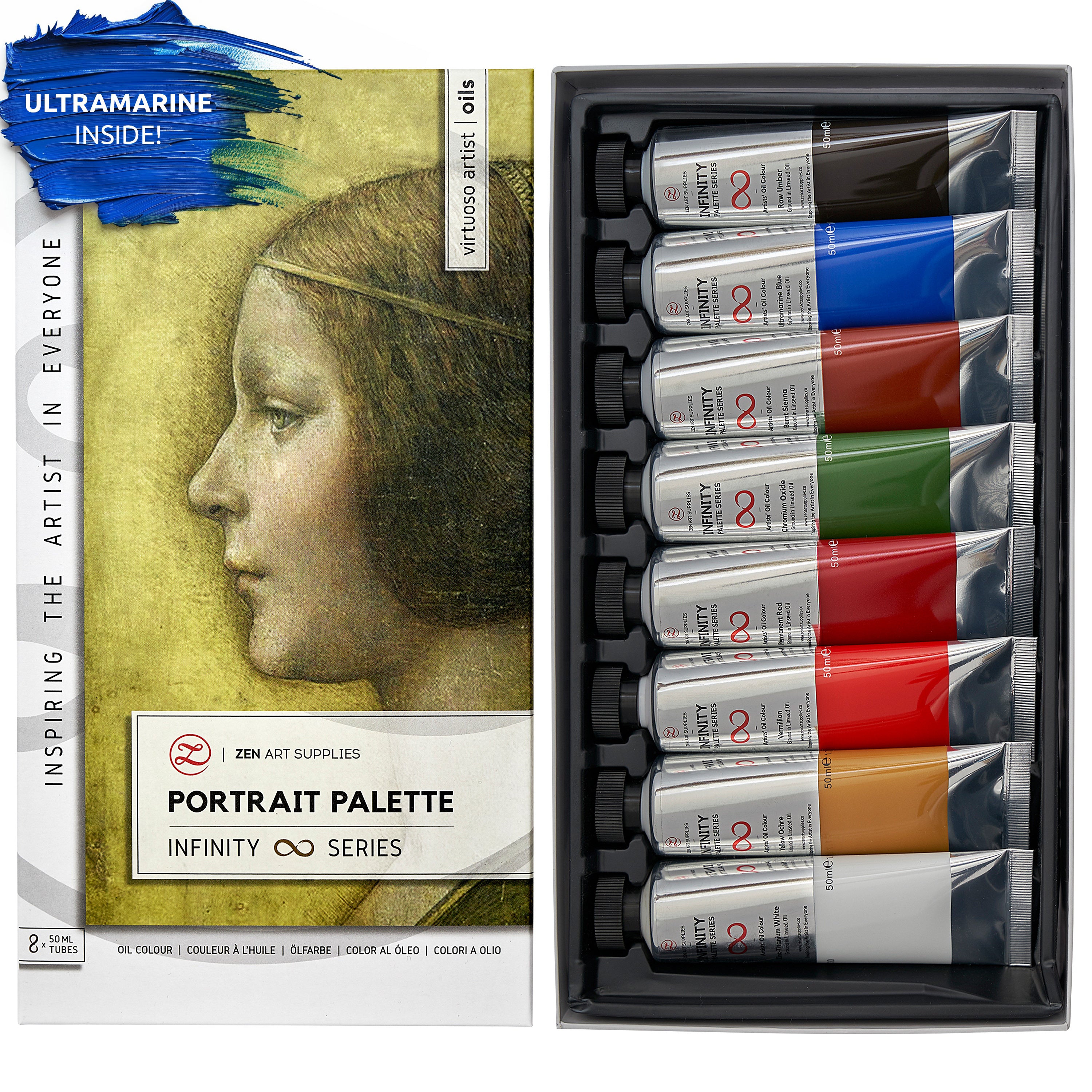Part of your career
Becoming a professional fine artist has many facets. According to our previous guide: the creative cycle for artists, we should all know our purpose in creating art, how we can find it, and how to establish our own creative style.
Aside from doing the best work that we are capable of and sharing them to the world, we also need to know how to sell art and market ourselves well. However, monetising artworks is one of the most taboo topics in the industry; and it is because as artists, we oftentimes have no idea how to sell art and market ourselves, price our works properly, and ultimately start earning from our career. That's exactly why I made this guide with tips for artists who want to sell their art.
If you are interested in pursuing a professional path in fine arts, then this article is the perfect read for you! Educating yourself about its workings is key to forming a great marketing and sales strategy.
Importance of art marketing and development of your art
Behind the glitz and the glamour it brings, being a professional artist takes real discipline. It needs your focus, time, effort, and resources. Aside from the artist learning how to sell art, you also want to inspire people by reaching out to them through your personal message - whatever that may be. To do that, you need to make yourself more visible.
Personal financial security
The process of creating your art is separate from marketing it and learning how to sell art. Most artists fall into the trap of underpricing or overpricing their works because they decide how to sell art based on emotions. Artworks are very personal, but once you sell them - they become a product that people will buy. When art patrons buy your work, they are actually investing in you and the future artworks that you will produce.
In the next section, we will teach you in detail how artists can sell art and market themselves well as a professional. This article is based on the Marketing & Sales Cycle that I tailor-made as an entrepreneur, ZenART Supplies co-founder, and artist myself. After years of being involved in the art scene - being a friend to many professional artists and establishing my own art brand - I have summarised the wisest strategies to develop and best things to focus on in your art career.
When learning how to sell art as an artist, the most common questions inside our heads are:
- How do we price our works?
- Where do we base these numbers?
- How come other artists are able to make a living by joining exhibitions and selling their works, and how can I do it too?

If any of those aforementioned questions enter your mind once in a while, get your trusty bullet journal, take down notes, and let's get to work.
Marketing & Sales Cycle For Artists
Create a story
These days, having a strong artistic identity is one of the sure-fire ways to get attention from your desired audience. When people are able to relate to your work, it develops an organic connection that cannot be built through any other marketing technique. Building this artistic identity should be your first priority, and everything else will follow suit!
Your identity
Ask yourself: Who are you as an artist? Why are you creating art? What makes your art truly unique, and what do you want to tell the world?
By asking yourself these important questions, you get to know more of your artistic identity in the process. Basing your artworks on this identity will allow your audience to recognise you and your work with ease.
Marketing & Sales Strategy: How To Sell Art Online
Target audience
Who do you want to reach with your art? All artists are different in style and vision, so it is important to be aware of who your niche audience is. These are the people who admire you and follow your work because they are truly interested in it, and your message resonates with them! They will potentially share your art through word of mouth, social media sharing, etc. How will you know who they are? Through doing your own market research.
Niche
A niche is a very targeted part of the art industry that focuses on specialization. It is very specific, but has a lower volume of people involved; therefore giving you a smaller set of competitors and higher chances of converting sales.
Here's an example: If you're a watercolor artist whose forte is in painting landscapes and seascapes, then it would be easier to target an audience interested in that subject matter, rather than competing with a whole world of watercolor artists. With this, you can focus on developing your techniques and how to sell art. Focusing on this will certainly gain you more traffic in the long haul!

Artist Jill Gustavis (@jillgustavisart) specializing in floral watercolors and natural landscapes with ZenART's brushes from the Black Tulip Collection. Massachusetts, USA
Market research
This entails educating yourself by reading up articles that discuss how to gain exposure as a visual artist, how to identify your target market, and put these steps into action. You can experiment which works of yours are well-received, and which ones do not get much attention. Everything is a learning process, so it is good to note down all your observations and keep it for future use. Note down the people who engage with your work on social media, inquire through galleries, and send you direct messages or emails. Converse with them and understand what they like about your style, what sets your work apart, etc.
Moreover, identify what types of artworks are strong in the art market at present, and how you can incorporate your own style in this. Do not get pressured or sacrifice your style for marketability. You should always find a balance. After all, your uniqueness as an artist is what makes you, YOU.
Viral Growth: Where To Sell Art
It is important that you support your art with whatever vehicle you have at present. Today, selling art online provides so much exposure and opportunities for artists who feel limited in the gallery systems. Aside from working your way to be in contact with establishments like galleries and museums, focus on beautifying your online presence too! The good things about this are that it's easier, more targeted, and has a wider reach when dabbling on how to sell art. Here are some online avenues you should focus on.
- Website
Buyers love knowing the artist. Getting yourself a website is one of the ways you can grow your market organically by allowing them to peek inside your world. Personalise it according to your artistic style -- adding a header with your name, a blog for where you can talk about your artworks and process, a portfolio gallery where you can upload your works, and a page dedicated for your artist's bio. It should be brief, informative, and inviting.
Your portfolio gallery can be subdivided into genres, and categorised by year or medium used. Including a short description for each work is also advisable. If you would like to sell directly from your website, set up an e-commerce platform enabling you to take payments online and deliver your artworks to your clients. Most artists who sell online use PayPal as their main means of transacting with buyers from all over the world.
At the same time, search engines love blogs. They are very dynamic in nature and are constantly being populated with fresh, relevant content on how to sell art and other art-related things. Blogs are your personal space to talk about your inspiration, your creation process, or short messages you want to share to your viewers. For those who know the rudiments of SEO - using keywords in your posts to target organic views from Google is also a helpful trick to consider.
Oh, and don't forget about your contact page! This should provide your phone number, email address, and links to any social media account/s you would like to market, in case a buyer or potential collaborators reach out to you. By being available, you make yourself open to big opportunities ahead.
- Social Media
One of the major players in marketing in arts today is the presence of social media. People spend a good part of their days browsing on their smartphones, and even the biggest brands have taken their marketing efforts here. Facebook, Instagram and Pinterest are currently the biggest platforms in the social media field, and they have specially designed algorithms that allow your posts to reach your desired audience. Your level of engagements will further teach you how to sell art and target your works to your niche. Hashtags, boosting, and organic engagement are features that will really help you get more viewers, increasing your viral growth. If you want to know how to market for each specific platform, check out this article!

Are you already following ZenART Supplies on Instagram? :)
- Build your community
A great online community allows its members to exchange ideas and share practical tips. Joining in the conversations also allow you to know the latest news in the market, ongoing exhibitions that may interest you, and forge new friendships and connections in the industry. The best communities online allow a free discussion of interesting topics, as long as they are not offensive in any way. Choose a group that's inspirational, motivational, and posts updates on a daily basis!
Competition
Direct competitors
Knowing who your direct competitors are can greatly help in improving your current plans on how to sell art. Pay attention to the platforms they focus on, how they conduct themselves online, communicate with galleries, and so on. Observing how other artists work gives us a fresh perspective.
Market opportunities and possible partnerships
Community over competition: what does it mean? Open exhibitions, art contests, challenges, local and international residencies - these are examples of opportunities available in the art market. The importance of knowing current affairs in the arts and forming real connections through communities should not be taken for granted, as these will pave your path towards exposure. Reach out to like-minded artists within your vicinity who can join you in collaborative works, proposals, and group exhibitions. Communicate well, and network, network, network!

Me and my artists-friends after a group painting session
Team
The people in your team are as important as improving your art practice and learning how to sell art. When producing multiple paintings and/or large scale works, it would be wise to ask for help from other people and delegate tasks so you can use your time more effectively! Here are five team members every artist needs:
- Canvas Makers. As a professional artist, your paintings are often pre-planned and you might prefer certain specifications and dimensions for your works. For this, you need professional canvas makers. For selling purposes, it's not advisable to buy ready-made canvas in your neighbourhood art shops because galleries prefer hand-made canvases that are made of good quality wood, thick canvas cloth, and primed with gesso. This adds value to the authenticity and marketability of your paintings.
- Writer. Yes, you need a writer, and a creative one at that! An essential team member, your writer will draft your proposals, construct your write-ups, and basically talk about your works. Your audience, potential buyers, and galleries will read this to learn more about you your art. Your writer should be someone you trust, understands you and your work - and of course, someone who writes and communicates very well.
- Curators. You will work hand-in-hand with these people in your art career! Curators will put up your exhibitions for you. They are experts in showcasing artworks, prolific on the ways on how to sell art, and have the capacity to present your work to a bigger audience through a bigger gallery or a more established institution.
- Handler. Your handlers will take care of your framing, packing, and shipping orders for you. They will see to it that all of your artworks are well taken care of and they will reach its buyers in tip-top condition! They will also handle the paperwork, organisation, and the monitoring of expenses in this aspect for you.
- Manager. This applies to those artists who are very active in coordinating with clients, and has a very active social media presence. A manager will help you answer inquiries, take care of transactions, and basically do the management of your art business for you, so you can focus completely on creating your works and strategising how to sell art further.
Financials: Does Art Sell Online?
Now, the big question comes. The elephant in the room. How do I earn from creating art? Receiving financial rewards from your fine art career is proof of your success. If you're still starting out, we suggest that you balance it with a job until it generates you enough income. The points that we will discuss in this section are general advice on how you can earn effectively from your art!
Goals/Targets
Ask yourself questions like: How much do you want to earn in the first year? Which social media platforms do you want to target? How many followers do you want to gain in a month? How many exhibits do you want to book next year? Set your goals and align your strategy on how to sell art, and work towards it. With this, you can always cross-check if you're doing enough work to meet your projection.

ZenART Supplies Vision & Marketing Strategy Drafts I made on ZenART Supplies Bullet Journal from the Modernista Series
Marketing Budget
Like any business, a marketing budget needs to be allocated if you want further exposure for your works. Set aside a realistic budget you can work with. The different types of marketing vehicles that you can spend on are social media boostings, PR articles, contact card, etc. The money you spend on reaching out to galleries can also be included in the budget. It doesn't have to be big, but it has to get your goals and targets ball rolling!
Profit & Expenses
Take into account the profits and expenses that come from your works. This includes the marketing budget that you use. An excel file that is easily editable is perfect for this, so you can track the exact amount of money that goes in and out of your business. This is also a way to check if you're earning enough, too little, or if you've gone above your target! If you have a manager, then s/he will take care of the specifics, but make sure that you are constantly updated.
Defining the prices
Defining your prices on how to sell art can be very tricky. This is where you will need to gauge the art market, your status, and your artist peers, aka your "direct competitors". There are a few things to consider before putting a price on your artworks. Like artist Rachel Shoppe said, "You can't just slap a price tag on something and expect people to buy it".
And it's true! To come up with your prices, you have to ask yourself some important questions again: How long have you been painting? Have you joined a lot of group shows in the last couple of years? Have you had a solo exhibition? How has the market received your artworks in the last couple of months/years? The answers to these questions are the biggest factors in determining your price.
There are many different technicalities in pricing, and computing it based on size and medium used is one of the most common ways. Here's a concrete example: Price your works per square inch, and multiply that to the size of your canvas. Each medium is different in price so watercolors, acrylics, oils and sculptures have their own individual prices. Before pricing per square inch, take into consideration the amount of money you invested in materials, the hours spent creating it, and your artistic vision. Once you have this, then you can come up with a realistic price. Increasing the price of artworks are usually done on a yearly basis -- depending on how active you were in the previous years, if you bagged any awards and if you have gained more popularity. These factors increase the value of your artworks. Another thing to consider is your location, comparing it to the general prices of art being sold in the area.
Status & Timelines
Planning
All plans on marketing and how to sell art should be strategised towards long term success. With the pointers I have given above, lay out your personal marketing and sales plan. When you have it, the next step is defining your timeline, and planning definite steps on how to sell art professionally.
- Create a personal schedule dedicated to art. This can include your meetings, writing proposals, creating studies, and actual painting. If you will be juggling it with a full-time job, make sure that you are getting enough rest as you need a clear mind to attend to your art.
- Identify your short-term and long-term goals, and how long you will allot for each goal. This is where how financial targets will be realised.
- Manage your time well, and be clear about your priorities. Your schedule can change depending on the opportunities that may come your way, so you have to be ready to shift activities once in a while. Don't worry, that's the fun part! It can be challenging, but very fulfilling.

ZenART's Team Taking a picture for ZenART Supplies Social Media profiles
Keeping on track/finding rhythm
Painting takes a lot of time and effort, and each artist has his or her own rhythm. To make sure that you are on your track each day, give yourself a few minutes for meditation and journaling before really diving into the work, preferably in the morning.
Keep a big calendar in your studio for your schedule, or a whiteboard where you can track your accomplishments for each day depending on your priorities. Build a vision board and place it where you always look, to remind yourself of your ultimate purpose.
Review
Before you begin work each week, it is helpful to have a general overview of the week that was. By doing this, you can closely track your progress, giving you a better point of view of where you are, relative to your personal goals and timeline.
What activities did you spend your time on? Are they aligned with your goals? Which trials did you encounter, and how did you handle them? You might not realise that big opportunities have come in and knocked at your doorstep. Sometimes, we can be hard on ourselves and lose sight of how well we are doing. Take joy in your accomplishments, and give yourself that well-deserved pat on the back!
As the famous writer Napoleon Hill once said, "Whatever the mind of man can conceive and believe, it can achieve." Do not doubt your abilities, because they are there, and the world is waiting to see it. Visualise your goals, put in the work, and be ready when it comes.
The marketing, sales, and exposure you will get are all byproducts of creating honest and authentic work. Be yourself, stay patient and persevering, because, at the end of the day, nothing worth having comes easy.
What stage of the process on how to sell art are you currently in? Which one do you find the most difficult to get through? Did I help you understand how to sell art? Let me know by sharing your thoughts with us in the comments section below! I would love to hear from you. :)
- MEET THE AUTHOR -
 Ardak Kassenova is mother, artist and ZenART Supplies co-founder. "My heart and soul were always with Art, and since my childhood as long as I remember myself, I was dreaming to be an artist. I was painting after work, when I had time, and teaching myself through the books, videos, visiting art galleries and museums. I've been very curious about different techniques and styles, and therefore accumulated knowledge and experience on a variety of mediums".
Ardak Kassenova is mother, artist and ZenART Supplies co-founder. "My heart and soul were always with Art, and since my childhood as long as I remember myself, I was dreaming to be an artist. I was painting after work, when I had time, and teaching myself through the books, videos, visiting art galleries and museums. I've been very curious about different techniques and styles, and therefore accumulated knowledge and experience on a variety of mediums".
After 20 years of a successful corporate career and with becoming a mother to two wonderful girls, she decided that it's time to make drastic changes and link her life with Art. She started to paint again and decided to create her own art supplies brand that would help artists to fulfil their creative dreams and achieve their best results since the beginning using high-quality art materials without wasting their precious time and money. Say hello to @ardak_zenart on Instagram!







